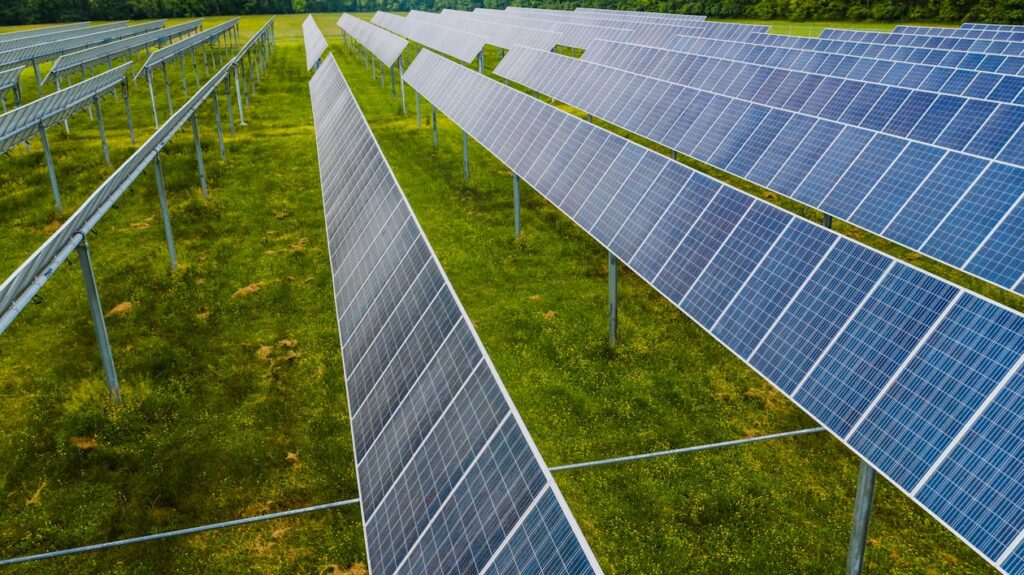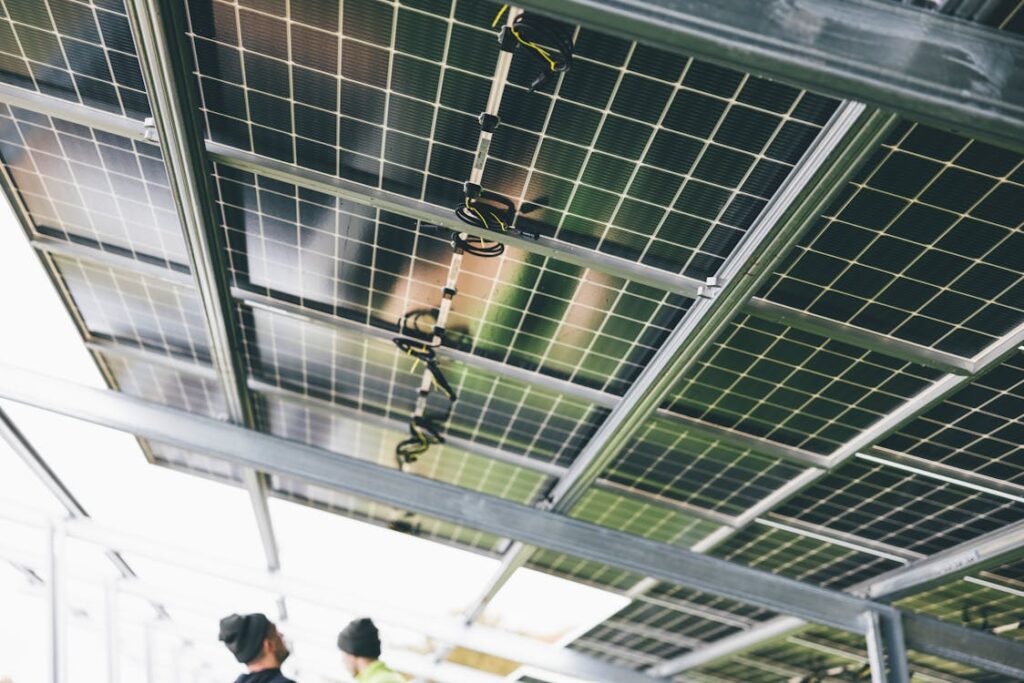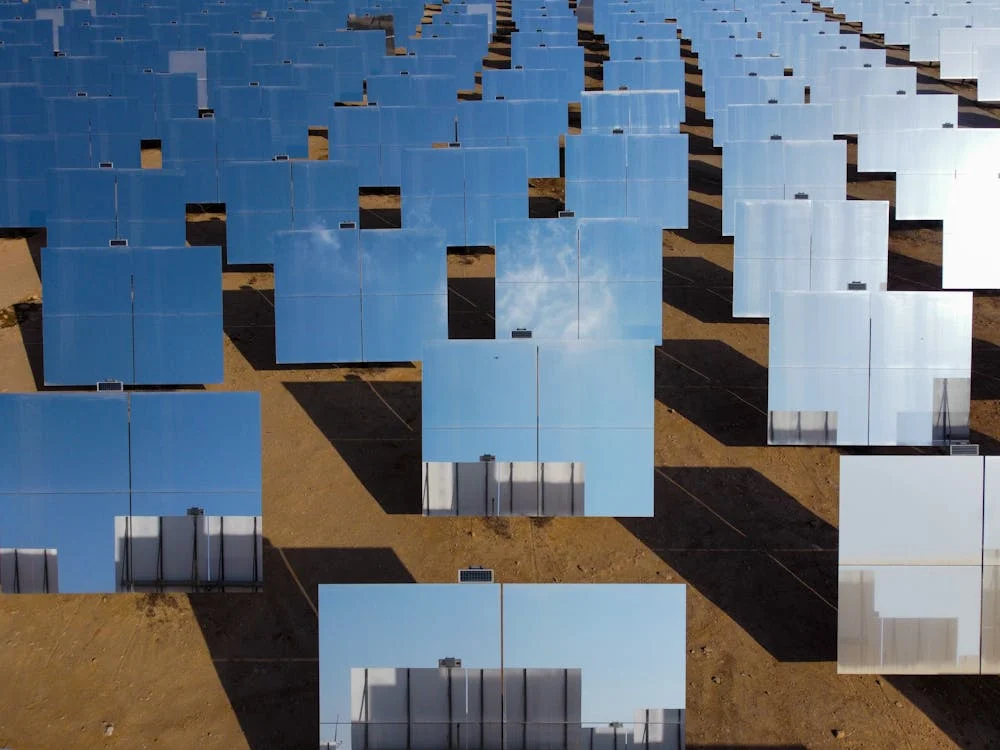
Switching to solar power is a major step toward a sustainable, eco-friendly lifestyle. In this guide, we’ll take you through everything you need to know to buy a 7000 kWh solar panel system—an ideal size for many medium-to-large households. In Part 1, we’ll cover the basics of solar power, why you might need a 7000 kWh system, and what factors impact the cost of your solar setup.
What Is a 7000 kWh Solar System?
A 7000 kWh solar panel system is designed to generate approximately 7000 kilowatt-hours (kWh) of electricity per year. A kilowatt-hour is a measure of electricity usage or production over time. So, in simple terms, a 7000 kWh system can produce about 7000 kWh annually, which is sufficient to power a medium-sized home in many regions, depending on sunlight, location, and weather conditions.
Why Choose a 7000 kWh Solar Panel System?
Here are some reasons a 7000 kWh solar panel system might be the perfect choice for your home:
Home Energy Needs: Typical homes in the U.S. consume around 9000–11,000 kWh per year. A 7000 kWh system can cover most of your energy needs, especially if you adopt energy-saving practices.
Sustainability Goals: Producing your own solar energy reduces your reliance on fossil fuels, which lowers your carbon footprint.
Savings on Energy Bills: With a 7000 kWh system, you’re likely to see a significant reduction in your electricity bills. Many people can offset most or all of their grid energy costs with a system this size.
Home Resale Value: Installing solar can increase your home’s value. Solar-powered homes are appealing to buyers seeking long-term energy savings and sustainability.
How Much Does a 7000 kWh Solar System Cost?

Solar Panels: Panel costs are a large part of the investment. Options like monocrystalline, polycrystalline, and thin-film panels each have unique efficiencies and prices, with monocrystalline being the most efficient but also the most expensive.
The cost of a solar system can vary, depending on panel type, installation needs, and available incentives. Here’s a breakdown of the primary cost components:
Installation: Professional installation is essential for safety and efficiency. The cost depends on your location, roof type, and system size. Roof types like metal or tile can cost more to install on than asphalt shingles.
Inverters: Solar panels produce DC (direct current) electricity, while most household appliances use AC (alternating current). Inverters convert DC to AC. You can choose between central inverters, string inverters, and microinverters, each with its own price point.
Batteries (Optional): If you want energy storage for use during outages or low-sunlight periods, adding batteries will increase the cost. While not essential, they can be a useful feature.
Permits and Fees: Some local governments require permits or inspections for solar installations, which may incur small fees.
Incentives and Tax Credits: Federal and state incentives can significantly reduce your initial cost. For instance, the Federal Investment Tax Credit (ITC) can cut your expenses by up to 30%. Research available incentives in your area to lower the overall cost.
How Much Space Do You Need for a 7000 kWh System?

Generally, a 7000 kWh system requires 350–450 square feet of roof space. The exact amount of space depends on panel efficiency; high-efficiency panels need less space, which can be a key factor if you have limited roof area.
The Ultimate Guide to Purchasing a 7000 kWh Solar Panel System
Welcome back to our guide on buying a 7000 kWh solar panel system! In Part 1, we covered the basics of a 7000 kWh system, its benefits, and the main cost factors. Now, let’s dive deeper into understanding the types of solar panels available, what to consider when choosing a panel type, and how to ensure your system operates at maximum efficiency and longevity.
Types of Solar Panels
There are three main types of solar panels on the market, each with different features, costs, and efficiency levels:
Monocrystalline Solar Panels
Efficiency: High (15-20%)
Cost: Higher than other types
Appearance: Sleek, black color
Lifespan: 25-30 years
Monocrystalline panels are created from a single, pure silicon crystal, giving them higher efficiency and a sleek, uniform look. They’re more expensive but take up less space, making them ideal if your roof area is limited. Their durability and long lifespan make them a strong investment choice.
Polycrystalline Solar Panels
Efficiency: Moderate (13-16%)
Cost: Lower than monocrystalline
Appearance: Bluish color with a speckled look
Lifespan: 25-30 years
Polycrystalline panels are made from multiple silicon crystals melted together. They are typically less efficient than monocrystalline panels but also more affordable. These panels work well in sunny environments, although they may be slightly less efficient in low-light conditions.
Thin-Film Solar Panels
Efficiency: Low to Moderate (10-12%)
Cost: Generally lower than crystalline panels
Appearance: Flexible and lightweight
Lifespan: 10-20 years
Thin-film panels are lightweight and flexible, ideal for installations where space isn’t limited, like large commercial rooftops. However, they are less efficient than crystalline panels, so they may not be the best choice if you require a high energy output from a compact setup.
Choosing the Right Panel Type for a 7000 kWh System
When selecting the best panel type for a 7000 kWh system, consider these factors:
Roof Space: Limited roof space may necessitate high-efficiency monocrystalline panels.
Budget: If budget is a priority and roof space isn’t an issue, polycrystalline panels can deliver reliable performance at a lower cost.
Climate and Weather: Thin-film panels perform well in high-temperature and low-light conditions, so they may be a good choice in specific climates.
Maximizing Solar Panel Efficiency
Ensuring your 7000 kWh system operates at peak efficiency is key to meeting your energy needs and maximizing your return on investment. Here’s how to keep your system in top condition:
Optimize Panel Positioning: Install panels facing south (in the Northern Hemisphere) at an angle that maximizes sun exposure. Avoid shaded areas, as even partial shading can significantly reduce power generation.
Regular Cleaning: Dust, debris, and leaves on your panels can reduce efficiency. Cleaning the panels every few months, or more frequently in dusty or rainy areas, ensures optimal sunlight absorption.
Inverter Maintenance: The inverter is essential for converting DC electricity to usable AC power. Regularly check and maintain your inverter to keep your system running efficiently.
Invest in High-Quality Components: The quality of your panels, inverter, and mounting materials affects both efficiency and longevity. Higher-quality components are more durable and can reduce the need for future repairs and replacements.
Monitoring System Performance: Many systems offer apps for real-time tracking of solar energy production. Monitoring helps you quickly identify issues like dirty panels or inverter malfunctions.
Expected Lifespan and Maintenance Tips
Solar panel systems are known for their longevity and minimal maintenance requirements. Here’s what to expect regarding the lifespan of a 7000 kWh solar system:
Solar Panels: Most panels last 25-30 years, with warranties typically covering 20-25 years.
Inverter: Inverters generally last 10-15 years, meaning you may need to replace the inverter once during the system’s lifespan.
Batteries (If Included): Batteries for energy storage typically need replacing every 5-15 years, depending on type and usage.
Overall, maintenance is straightforward, primarily involving occasional cleaning, checking components, and scheduling an annual inspection by a professional to ensure optimal system performance.
Nice inform
ation about solar
Гарантированная стабильность с серверами HP
купить сервер hp proliant http://kupit-server-hp.ru/ .